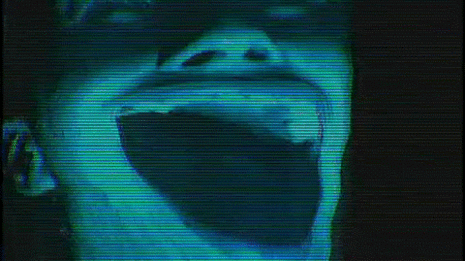
This fucking election. I’ve heard that exact phrase so much more this year than I ever have before. The rise of Trump’s racist, sexist, illiberal id within the Republican Party has been depressing to watch. We’re all holding our breath to see where all of that unruly anger goes after (please God) Trump loses the election on November 8.
In the meantime, the mainstreaming of Trump (our own American Mussolini®) and his politics of racial resentment, the KKK’s David Duke (whose name I’ve heard more in the last week than in the previous 20 years combined), and Breitbart News executive Stephen Bannon has also meant an inevitable education in the loathsome habits of the overtly and proudly racist part of America that is normally kept under wraps. I don’t want to know this stuff, but have learned about it via a sort of toxic, brain-damaged cultural osmosis.
So here’s something I learned this year. In white supremacist quarters the number “88” has special significance, because “H” is the 8th letter of the alphabet and so it can be taken to mean “HH” = “Heil Hitler” (also “8” kind of looks like an “H” if you think about it). It took the political rise of Trump to bring that to my attention. Fun stuff!
If you see the number 88 being thrown around by people who probably hate blacks and Latinos, it’s not an accident, it’s a dog whistle to the people who (wink) think of themselves as understanding the “true America” in which immigrants and blacks always win and white people and Christians never get an even break.
You may have seen the triple parentheses, also called “echoes,” around people’s names, which look like this: (((Martin Schneider))). That’s white supremacist code for “Jewish.” (Fortunately, Twitter users are now adopting the practice voluntarily in order to defuse it of its meaning.)
And the innocuous word Skittles is a racist dog whistle because that’s what Trayvon Martin had on his person when George Zimmerman shot and killed him for no good reason.
Some of you might recall that Trump’s son Donald Jr. recently unveiled an ugly metaphor having to do with the number of poisonous Skittles could be in a bowl before you’d make a decision to stop eating them, the idea being to communicate the advisability of a zero-tolerance policy on Muslim immigration.
That metaphor has roots in Nazi propagandist Julius Streicher—in more recent years the concept has been used against Muslims and black people using M&Ms as the candy, but the switch to Skittles was surely done as a conscious shout-out to Zimmerman. It’s astonishing how few news reports noticed this aspect of the metaphor, but the governing logic of an effective dog whistle is that most people—non racist people—can’t hear it.
On Saturday Buzzfeed ran an item by Alex Kantrowitz alerting “normals” to some new codewords the white supremacists on Twitter are using to evade detection. I heard about it via this tweet from Alex Goldman, who describes the groups using the terms as “Racist Trump twitter.”
Here’s the ugly list of words and their “true” meanings among white supremacists. Notice the presence of that loaded word skittles to mean Muslims or Arabs:
nigger = google
Jew/Kike = skype
Spic/Mexican = yahoo
Gook/Chink = bing
Muslim/Arab = skittle
gay (men) = butterfly
lesbian = fishbucket
tranny = durdens
liberals/dems = carsalesman
conservatives = reagans
libertiarian = a leppo
Here’s Kantrowitz on the reasons for the subterfuge:
The code appears to have originated in response to Google’s Jigsaw program, a new AI-powered approach to combating harassment and abuse online. The program seems to have inspired members of the online message board 4chan to start “Operation Google,” using Google as a derogatory term for blacks in an attempt to get Google to filter out its own name. The code developed from there.
This is obviously an elaborate game of whack-a-mole, but just because it’s kind of futile in no way diminishes the importance of letting some daylight in on these creeps. If they have to go through a hundred iterations of inventing some whole new elaborate code to enjoy their twisted, simple-minded hate among themselves, then maybe eventually they’ll get the message that society is not going to put up with it.
Here’s an example of the code in use. It don’t get a whole lot clearer than this, does it?
Here are a couple of other examples:
Ugh! This fucking election? How about This fucking country???
Posted by Martin Schneider
|
10.03.2016
09:01 am
|




























